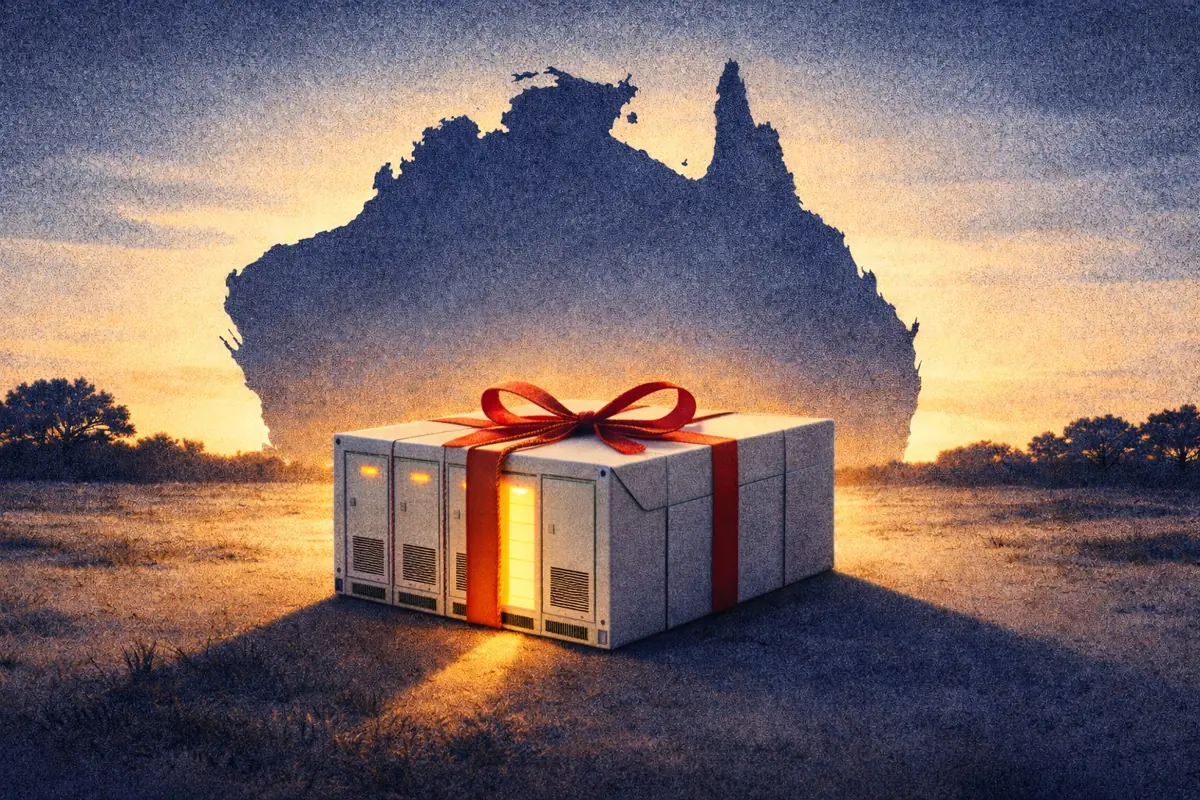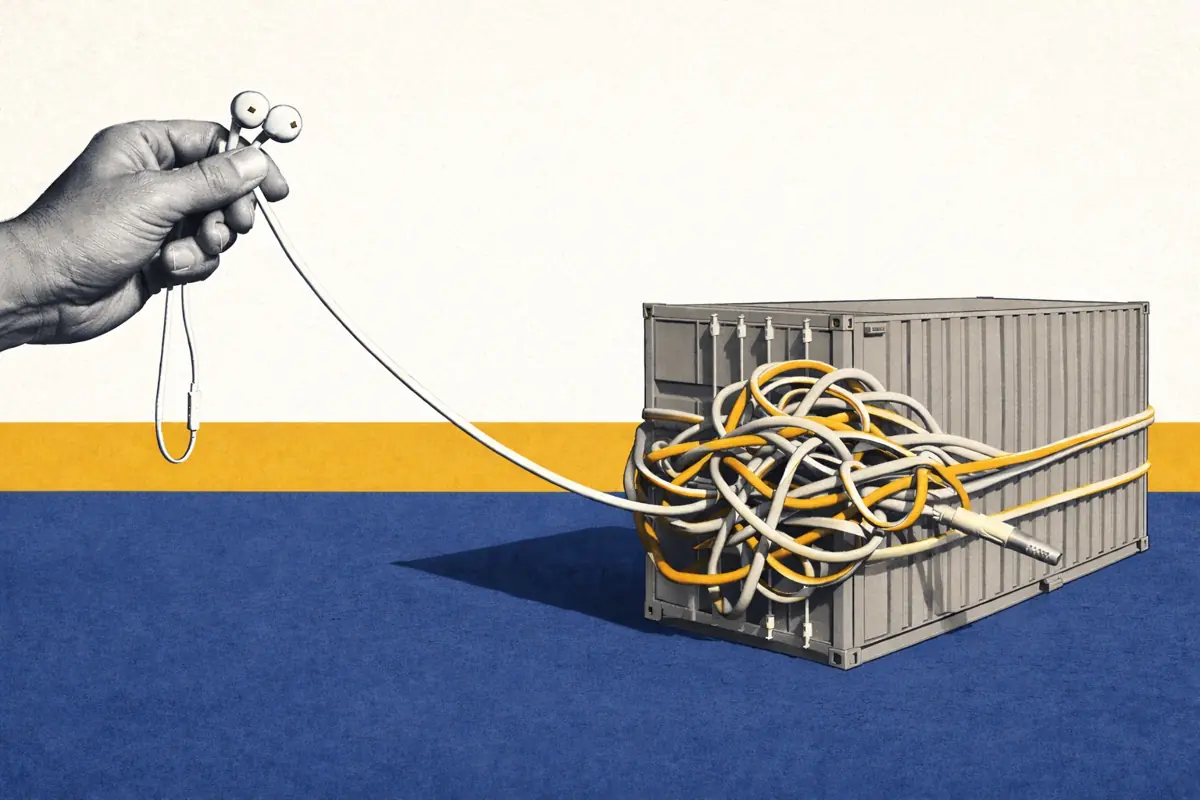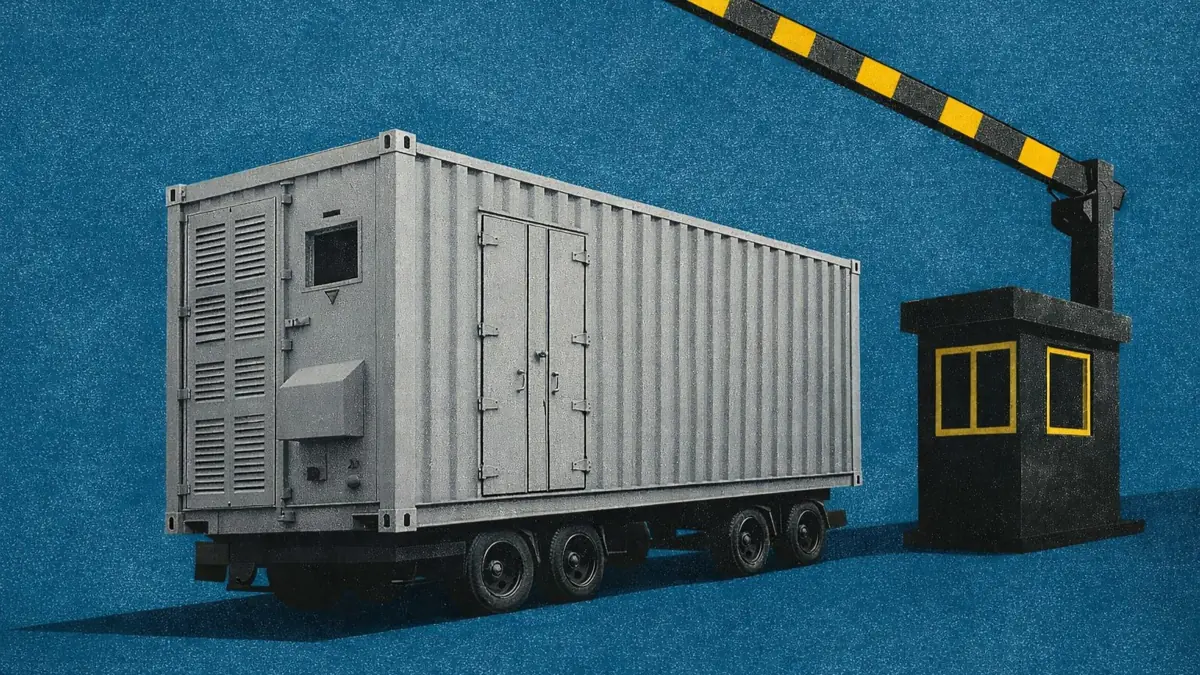ERCOT battery energy storage operations: September 2024 case studies
ERCOT battery energy storage operations: September 2024 case studies
Executive Summary
- ERCOT battery energy storage systems earned average annualized revenues of $22/kW in September 2024, marking the first month where the majority of revenues came from Energy arbitrage.
- Energy arbitrage participation surged as Ancillary Service clearing prices hit five-year lows, leading to a 65% increase in peak net output during the evening ramp compared to August.
- A single battery, Snyder (9.9 MW / 20 MWh), captured annualized revenues of $96/kW, with two-thirds of its monthly earnings coming from a single day when local transmission congestion drove settlement prices near $5,000/MWh.
Subscribers to Modo Energy’s Research will also find out:
- How different operational strategies resulted in Flower Valley 2 earning nearly double the revenue of some other two-hour systems.
- Why Republic Road’s focus on Ancillary Services led to significantly lower revenues compared to batteries prioritizing arbitrage.
- How increasing reliance on Energy arbitrage is driving greater variance in revenues, cycling rates, and exposure to localized transmission congestion.
To get full access to Modo Energy’s Research, book a call with a member of the team today.
Introduction
In September 2024, battery energy storage systems in ERCOT earned average annualized revenues of $22/kW. This marked the first month in which batteries earned a majority of their revenues from Energy arbitrage.
September also saw Ancillary Service clearing prices fall to five-year lows. This meant that some of the highest-earning battery energy storage systems earned more than 80% of their revenue from Energy arbitrage.
But what did this look like on a day-to-day basis, asset-to-asset? What operational profiles led to stronger revenue performances? And how did this emphasis on Energy arbitrage impact cycling rates?
Already a subscriber?
Log in







